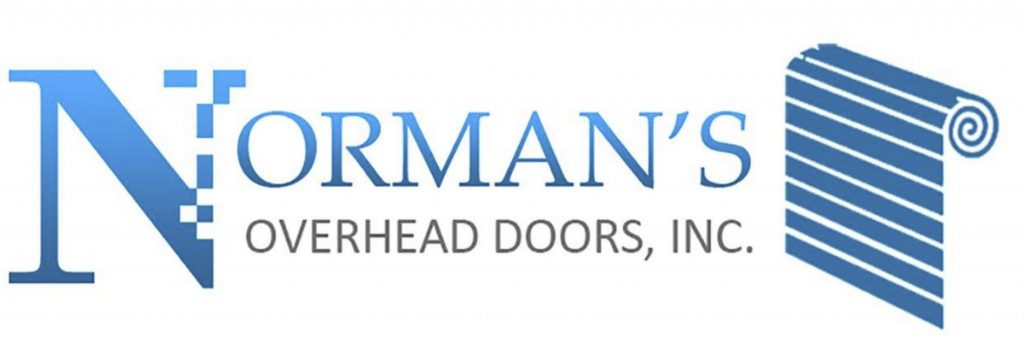Databases: Databases servers try addressed by the SpinQuest and you will typical snapshots of your databases blogs try stored as well as the systems and you may paperwork called for because of their recovery.
Journal Guides: SpinQuest spends an electronic logbook program SpinQuest ECL with a databases back-avoid maintained of the Fermilab They section while the SpinQuest venture.
Calibration and Geometry database: Running requirements, and alarm calibration constants and you may detector geometries, are stored in a database in the Fermilab.
Research software resource: Data study software is set-up for the SpinQuest reconstruction and you may studies plan. Benefits to your bundle are from numerous provide, university organizations, Fermilab users, off-website lab collaborators, and third parties. In your community written application origin password and build files, and efforts away from collaborators was kept in a version management program, git. Third-party application is managed because of the software maintainers in oversight out of the study Operating Category. Origin password repositories and managed 3rd party packages are continuously recognized around the latest College of Virginia Rivanna sites.
Documentation: Records is obtainable on line when it comes to articles sometimes maintained from the a material administration program (CMS) including an effective Wiki for the Github or Confluence pagers or while the static sites. This article was copied continuously. Most other papers to the software is distributed through wiki pages and includes a mix of html and pdf records.
SpinQuest/E10twenty-three9 is a fixed-target Drell-Yan experiment https://bingoirish.org/ca/bonus/ using the Main Injector beam at Fermilab, in the NM4 hall. It follows up on the work of the NuSea/E866 and SeaQuest/E906 experiments at Fermilab that sought to measure the d / u ratio on the nucleon as a function of Bjorken-x. By using transversely polarized targets of NHtwenty-three and ND3, SpinQuest seeks to measure the Sivers asymmetry of the u and d quarks in the nucleon, a novel measurement aimed at discovering if the light sea quarks contribute to the intrinsic spin of the nucleon via orbital angular momentum.
While much progress has been made over the last several decades in determining the longitudinal structure of the nucleon, both spin-independent and -dependent, features related to the transverse motion of the partons, relative to the collision axis, are far less-well known. There has been increased interest, both theoretical and experimental, in studying such transverse features, described by a number of �Transverse Momentum Dependent parton distribution functions� (TMDs). T of a parton and the spin of its parent, transversely polarized, nucleon. Sivers suggested that an azimuthal asymmetry in the kT distribution of such partons could be the origin of the unexpected, large, transverse, single-spin asymmetries observed in hadron-scattering experiments since the 1970s [FNAL-E704].
It is therefore maybe not unreasonable to imagine that Sivers characteristics can also differ
Non-no philosophy of your own Sivers asymmetry was basically measured within the partial-comprehensive, deep-inelastic scattering studies (SIDIS) [HERMES, COMPASS, JLAB]. The fresh valence right up- and you will down-quark Siverse functions was noticed to be equivalent in dimensions but that have contrary sign. No answers are readily available for the sea-quark Sivers features.
Those types of ‘s the Sivers function [Sivers] hence is short for the fresh correlation involving the k
The SpinQuest/E10twenty three9 experiment will measure the sea-quark Sivers function for the first time. By using both polarized proton (NHtwenty three) and deuteron (ND3) targets, it will be possible to probe this function separately for u and d antiquarks. A predecessor of this experiment, NuSea/E866 demonstrated conclusively that the unpolarized u and d distributions in the nucleon differ [FNAL-E866], explaining the violation of the Gottfried sum rule [NMC]. An added advantage of using the Drell-Yan process is that it is cleaner, compared to the SIDIS process, both theoretically, not relying on phenomenological fragmentation functions, and experimentally, due to the straightforward detection and identification of dimuon pairs. The Sivers function can be extracted by measuring a Sivers asymmetry, due to a term sin?S(1+cos 2 ?) in the cross section, where ?S is the azimuthal angle of the (transverse) target spin and ? is the polar angle of the dimuon pair in the Collins-Soper frame. Measuring the sea-quark Sivers function will allow a test of the sign-change prediction of QCD when compared with future measurements in SIDIS at the EIC.
